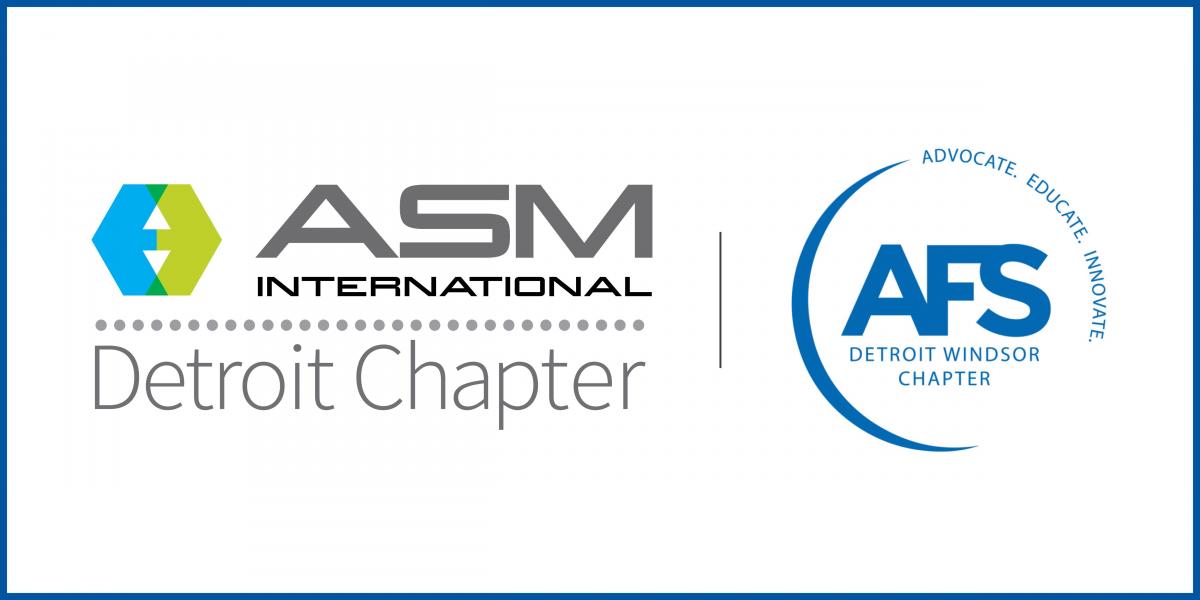SST™ Applications
The SST Cold Spray™ process can be used in many industries including Aviation, Automotive, Heavy Machinery, Energy, Manufacturing, Architectural, Nuclear, Electronics, Semiconductor, Medical, and many others.
The SST Cold Spray™ process enables a broad range of coating and metal consolidation applications, in particular, many that may not be possible or commercially practical with other processes.
Along with the SST equipment, SST cold-spray grade feedstock powders are ideal for applications ranging from dimensional restoration, thermal dissipation, electrical conductivity, corrosion protection, sealing, surface cleaning, anti-bacterial, and many others.
The following application examples are provided as a general guide to identify existing commercial applications, as well as to stimulate future application development. Some applications may be subject to Intellectual Property protection by other users of the SST cold spray process. The user is ultimately responsible to ensure that their intended application is not the subject of pending or issued intellectual property protection. Any intended application must be first qualified to ensure the suitability of the SST Cold Spray™ process to achieve the desired results.
The SST Cold Spray™ process enables a broad range of coating and metal consolidation applications, in particular, many that may not be possible or commercially practical with other processes.
Along with the SST equipment, SST cold-spray grade feedstock powders are ideal for applications ranging from dimensional restoration, thermal dissipation, electrical conductivity, corrosion protection, sealing, surface cleaning, anti-bacterial, and many others.
The following application examples are provided as a general guide to identify existing commercial applications, as well as to stimulate future application development. Some applications may be subject to Intellectual Property protection by other users of the SST cold spray process. The user is ultimately responsible to ensure that their intended application is not the subject of pending or issued intellectual property protection. Any intended application must be first qualified to ensure the suitability of the SST Cold Spray™ process to achieve the desired results.
Dimensional Restoration
The ability of cold spray to deposit many materials onto virtually any surface at low process temperatures and in ample range of coating thicknesses makes cold spray ideal for dimensional restoration of components that are particularly sensitive to elevated process temperatures. There is no need to feather the coating beyond the repair site. The material of the repair can match the substrate or provide enhanced properties for areas subject to compressive loading. Because of the low heat input of the cold spray process, the substrate will not be thermally affected.
Don't scrap your casting if it has minor porosity, shrinkage, or dimensional (pattern) defects. Localized deposits can be applied to salvage castings of aluminum, brass, bronze, cast-iron, magnesium, and steel to name a few. The coating can be applied to fill or seal defects without a negative impact on the substrate.
Examples of applications under this category include:
Don't scrap your casting if it has minor porosity, shrinkage, or dimensional (pattern) defects. Localized deposits can be applied to salvage castings of aluminum, brass, bronze, cast-iron, magnesium, and steel to name a few. The coating can be applied to fill or seal defects without a negative impact on the substrate.
Examples of applications under this category include:
- Aircraft frame and wing skin repair
- Aircraft auxiliary component dimensional & corrosion restoration
- Magnesium casting dimensional restoration
- Cast Iron Engine block restoration
- Aluminum engine components restoration
- Aluminum wheel cosmetic restoration
- Automatic Transmission Housing restoration
- Vintage automobile component restoration
- Vintage aircraft component restoration
- Chipmunk Aircraft Engine Restoration
- Landing strut restoration
- Aluminum tooling and mold repair
Localized Corrosion Protection
Locally protect surfaces from major sources of corrosion failures including pitting, crevice, intergranular, and stress corrosion by sealing the surface or establishing a preferential galvanic reaction. The robust passive oxide film on aluminum can be exploited to greatly reduce the complexity of implementing magnesium components. Cover welds and other seams with zinc-base coatings that provide a moisture barrier and act as a sacrificial anode to add galvanic protection.
• Corrosion protective layers on a variety of metallic materials
• Corrosion protective layers on a variety of metallic materials
Turbine and Generator Maintenance
• Turbine blade/bucket restoration
• In situ repair of large commutator surfaces
• In situ repair of large commutator surfaces
Electrical Conductivity
Localized application of coatings can be used to form copper electric pads on materials such as steel, aluminum, or ceramics. Electrorestrictive or magnetorestrictive materials can be sprayed to form sensors right where you want them.
• Busbar manufacturing on window heated glass
• Busbar manufacturing on a variety of substrates (metallic, ceramic, polymeric)
• Electrical circuit transition joints
• Patterned bars for power connectors
• Spray forming of circuit conductors
• Busbar manufacturing on window heated glass
• Busbar manufacturing on a variety of substrates (metallic, ceramic, polymeric)
• Electrical circuit transition joints
• Patterned bars for power connectors
• Spray forming of circuit conductors
Thermal Dissipation
The intimate bond between substrate and coating ensures maximum heat transfer.
• In-situ creation of heat dissipation layers (heat sinks) or shapes (fins) of aluminum and/or copper on a wide variety of substrates including metals and ceramics.
• In-situ creation of heat dissipation layers (heat sinks) or shapes (fins) of aluminum and/or copper on a wide variety of substrates including metals and ceramics.
Additive Manufacturing & Rapid Prototyping
SST Cold spray is able to consolidate thick metal and/or composite deposits to near-shape geometries in economical and fast fashion. The SST Cold spray process can be used to create shapes of almost any description and size. The composition of the deposits can be varied throughout the fabrication. Expensive materials can also be selectively applied. Fabrications can be subjected to a variety of post treatments such as hot isostatic compaction, ultrasonic consolidation, laser sintering, and heat treating.
• In-situ production of near-net shapes
• Rapid Prototyping
• In-situ production of near-net shapes
• Rapid Prototyping
Nuclear Reactor Repair
Sputtering Targets
Restoration of sputtering target surfaces made of Aluminum, Nickel, Copper, Titanium, Silver, Tin, Zinc.
Abradable Coatings
Increase the efficiency of pumps, turbines, turbochargers, and other such devices by applying a coating that will minimize the part clearance and resulting blow-by. These coatings are designed to wear preferentially so that there is a shape conforming seal between precision-made components. The coating material can be a composite to tailor the wear mechanism and properties as desired.
Sealing
The bond strength of cold spray deposits, along with its low porosity and gas impermeability, make the coatings ideal for preventing liquid or gas migration. The deposits can be applied to seal pressure vessels and piping for both high and low temperature service. The metal seal is ideal for cryogenic applications and for sealing joints between dissimilar materials. Sensors could also be embedded inside solid materials to make them inconspicuous or vandal proof.
Anti-bacterial and medical
Deposition of anti-bacterial materials such as copper on metallic and other surfaces.
Wear Reduction
Substrates that are prone to wear can be restored using selective application of more resistant materials. An example is our ability to apply surfacing on Kirksite, a moderate strength zinc-base alloy, used primarily as a prototype or low production forming tool alloy.
Anti-spark Coatings
Apply or maintain ductile coatings on carbon steel tools and surfaces to eliminate the possibility of creating sparks in hazardous environments.
Balancing
Spot application of material can be used to balance rotating parts such as shafts, wheels, and rotors. The coating can match the substrate such as aluminum on an aluminum driveshaft or wheel, or it could be a different material selected for its density or color.
Bearings
Bearing materials can be sprayed in place or spray formed onto a mandrel. The bearing can be sprayed in place and then finished machined to size - eliminating the need for multiple setups or assembly tolerance stack-ups.
Decorative Coatings
Apply metal coatings to similar or different metal substrates or materials such as glass, ceramic or stone. There is no need for patterns or other complex preparation so the coating can be adapted for each unique project and can be finished quickly. There is no casting shrinkage and minimal material compatibility issues to deal with when making complex media projects.
Joining Welding and brazing
While SST cold spray is not promoted as a joining method it can be an enabling technology for mechanical and fusion joining.
• Production of interlayers for dissimilar welding
• Production of interlayers for brazing and/or soldering
• Production of interlayers for dissimilar welding
• Production of interlayers for brazing and/or soldering



